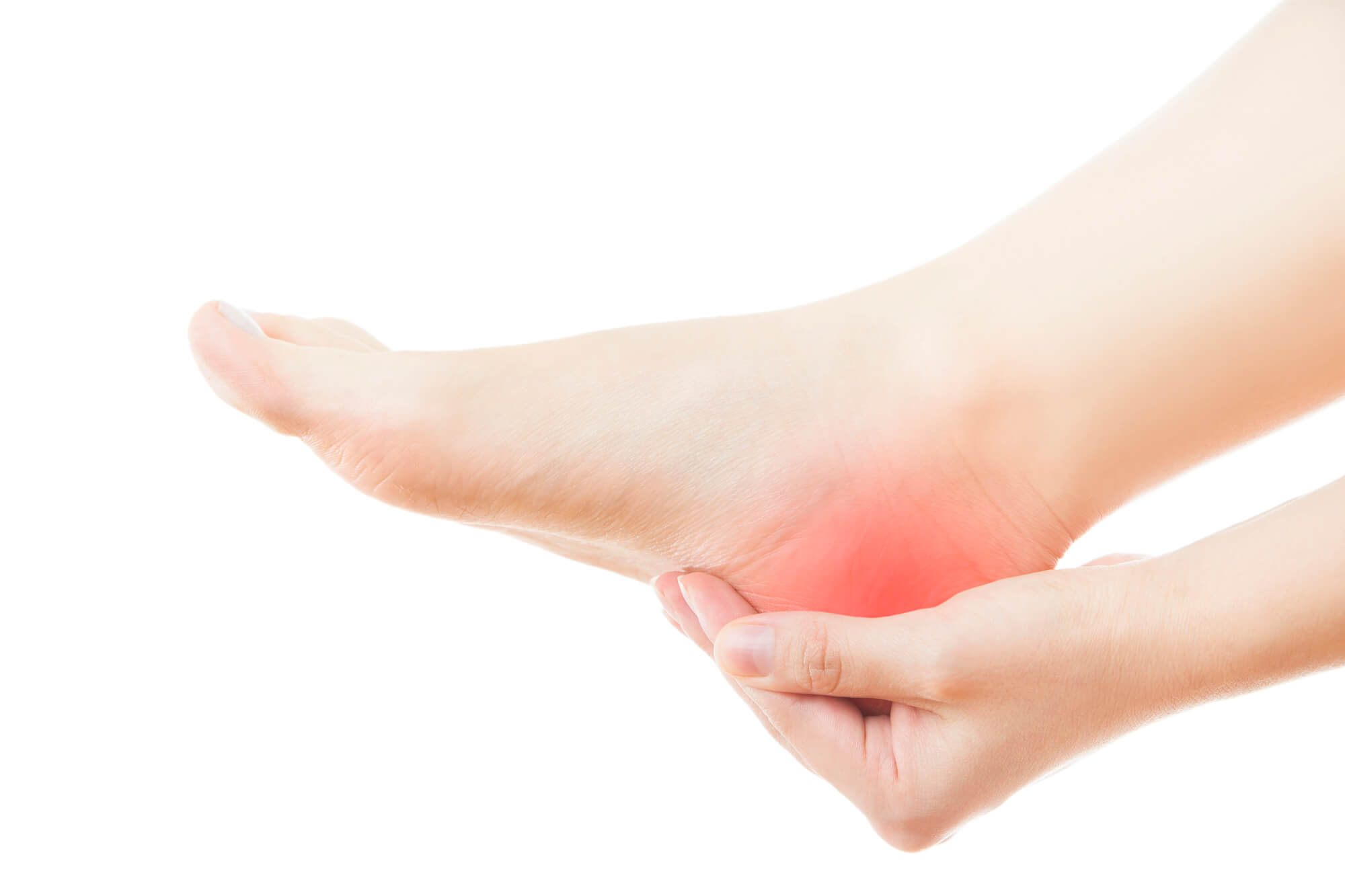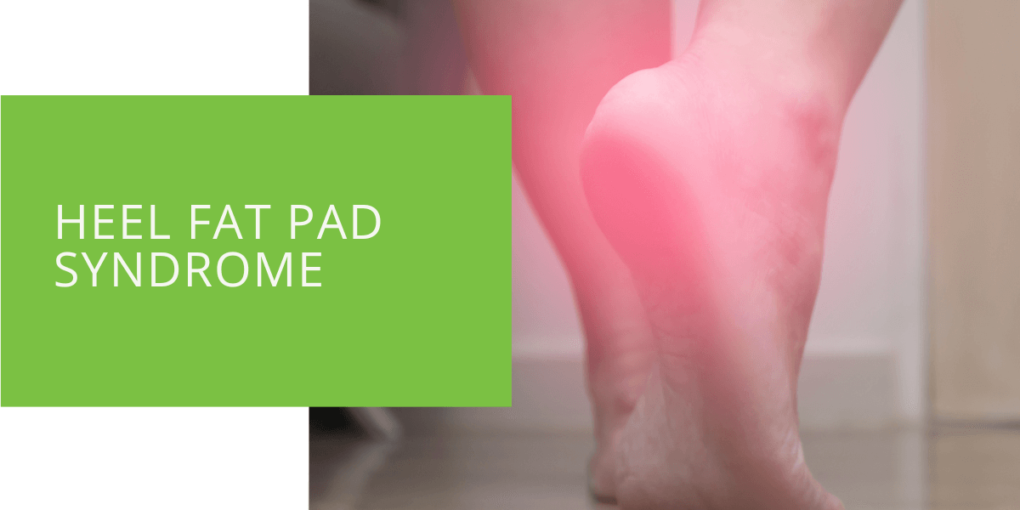Heel Fat Pad Syndrome: Causes, Symptoms, and Treatment
Heel fat pad syndrome, also known as fat pad atrophy or fat pad degeneration, is a condition that occurs when the fat pad in the heel becomes damaged or worn down. The fat pad is a cushion of fatty tissue located under the heel bone that helps absorb shock and protect the heel during weight-bearing activities. When the fat pad becomes damaged or worn down, it can lead to pain and discomfort in the heel, especially when standing or walking for long periods of time.
Heel fat pad syndrome is a common cause of heel pain, particularly in older adults and athletes. It is estimated that up to 50% of people over the age of 50 experience some degree of fat pad degeneration. While the condition can affect anyone, it is more likely to occur in people who are overweight or obese, those who wear poorly fitting shoes or high heels, or those who engage in high-impact activities such as running or jumping.
If you are experiencing pain in your heel, it is important to see a healthcare provider, such as a podiatrist, for a proper diagnosis and treatment plan. Podiatrists are medical professionals who specialize in the diagnosis and treatment of foot and ankle conditions, including heel fat pad syndrome.
Symptoms of Heel Fat Pad Syndrome
The most common symptom of heel fat pad syndrome is pain in the heel, especially when standing or walking for long periods of time. The pain may be dull and aching or sharp and stabbing, and it may be worse when you first get out of bed in the morning or after long periods of inactivity.
Other common symptoms of heel fat pad syndrome include swelling or tenderness in the heel, decreased range of motion in the foot or ankle, and difficulty standing on tiptoes. Some people may also experience a feeling of instability or weakness in the heel when walking.
Causes of Heel Fat Pad Syndrome
There are several factors that can contribute to the development of heel fat pad syndrome. These include:
- Trauma or injury to the heel: A direct injury to the heel, such as a fall or a car accident, can damage the fat pad and lead to heel pain.
- Overuse or excessive weight bearing on the heel: Engaging in high-impact activities such as running or jumping, or carrying extra weight, can put extra strain on the fat pad and cause it to become damaged or worn down over time.
- Poorly fitting shoes or high heels: Shoes that do not fit properly or provide adequate support and cushioning can put extra pressure on the fat pad and increase the risk of heel pain. High heels, in particular, can put extra strain on the fat pad and increase the risk of heel fat pad syndrome.
- Obesity: Being overweight or obese can increase the risk of heel fat pad syndrome because it puts extra strain on the fat pad and the rest of the foot and ankle.

Diagnosis of Heel Fat Pad Syndrome
If you are experiencing pain in your heel, it is important to see a healthcare provider, such as a podiatrist, for a proper diagnosis. Your podiatrist will perform a physical examination of your foot and ankle and ask about your medical history and symptoms. They may also order imaging tests such as X-rays or an MRI to get a better view of the fat pad and other structures in the heel.
Treatment Options for Heel Fat Pad Syndrome
The treatment plan for heel fat pad syndrome will depend on the severity of the condition and the underlying cause. Some common treatment options include:
- Rest and reduced weight bearing on the affected heel: One of the most important things you can do to treat heel fat pad syndrome is to give your heel time to rest and heal. This may involve avoiding high-impact activities or wearing a boot or cast to reduce weight bearing on the heel.
- Ice therapy: Applying ice to the affected heel can help reduce swelling and inflammation.
- Stretching and strengthening exercises: Stretching and strengthening exercises can help improve flexibility and support the heel. Your podiatrist or physical therapist can recommend specific exercises that are appropriate for you.
- Orthotic inserts or custom-made shoe inserts: Orthotic inserts or custom-made shoe inserts can provide extra cushioning and support for the heel and help relieve pain.
- Physical therapy: Physical therapy can address underlying muscle imbalances or weaknesses that may be contributing to heel pain. Your physical therapist can teach you exercises and techniques to help improve the strength and stability of your foot and ankle.
- Medications: Over-the-counter pain medications such as acetaminophen or ibuprofen can help reduce pain and inflammation. In some cases, your healthcare provider may prescribe stronger medications or injections to help manage pain.
- Surgery: In severe cases of heel fat pad syndrome, surgery may be necessary to repair or remove damaged tissue in the heel. This is typically only recommended if other treatment options have not been successful.

Preventing Heel Fat Pad Syndrome
There are several steps you can take to help prevent heel fat pad syndrome or reduce your risk of developing the condition:
- Wear shoes that fit properly and provide adequate cushioning and support: It is important to wear shoes that fit properly and provide adequate cushioning and support for your feet. This is especially important if you engage in high-impact activities or carry extra weight.
- Take regular breaks when standing or walking for long periods of time: If you stand or walk for long periods of time, it is important to take regular breaks to rest your feet and reduce the strain on your heel.
- Stretch and warm up before physical activity: Stretching and warming up before physical activity can help reduce the risk of injury and strain on the heel.
- Maintain a healthy weight: Being overweight or obese can increase the risk of heel fat pad syndrome, so it is important to maintain a healthy weight.
- Avoid high heels or shoes with thin soles: High heels and shoes with thin soles can put extra strain on the fat pad and increase the risk of heel pain.
Conclusion
Heel fat pad syndrome is a common cause of heel pain that can be effectively treated with a variety of methods. Early diagnosis and treatment can help prevent the condition from worsening and lead to a faster recovery. Simple steps, such as wearing proper shoes and maintaining a healthy weight, can be taken to prevent heel fat pad syndrome. If you are experiencing heel pain, it is important to see a healthcare provider, such as a podiatrist, for a proper diagnosis and treatment plan.
FAQ
What is heel pad syndrome?
Heel pad syndrome, also known as fat pad atrophy or fat pad degeneration, is a condition that occurs when the fat pad in the heel becomes damaged or worn down. The fat pad is a cushion of fatty tissue located under the heel bone that helps absorb shock and protect the heel during weight-bearing activities. When the fat pad becomes damaged or worn down, it can lead to pain and discomfort in the heel, especially when standing or walking for long periods of time.
How is heel pad syndrome different from plantar fasciitis?
Plantar fasciitis is a separate condition that affects the plantar fascia, a band of tissue that runs across the bottom of the foot and connects the heel bone to the toes. Heel pad syndrome, on the other hand, affects the fat pad in the heel. While the two conditions can occur together, they are distinct and may require different treatment approaches.
What causes heel pad syndrome?
There are several factors that can contribute to the development of heel pad syndrome. These include trauma or injury to the heel, overuse or excessive weight bearing on the heel, poorly fitting shoes or high heels, and obesity.
How can I tell if I have heel pad syndrome?
The most common symptom of heel pad syndrome is pain in the heel, especially when standing or walking for long periods of time. Other common symptoms include swelling or tenderness in the heel, decreased range of motion in the foot or ankle, and difficulty standing on tiptoes. If you are experiencing any of these symptoms, it is important to see a healthcare provider, such as a podiatrist, for a proper diagnosis.
Can the thickness of my heel pad affect my risk of developing heel pad syndrome?
Yes, the thickness of the heel pad can affect your risk of developing heel pad syndrome. In general, a thicker heel pad provides more cushioning and support for the heel, which can help reduce the risk of developing heel pad syndrome. However, it is important to note that the thickness of the heel pad is not the only factor that can contribute to the development of heel pad syndrome.
Where is the heel pad located?
The heel pad is located in the middle of your heel, under the heel bone. It is a cushion of fatty tissue that helps absorb shock and protect the heel during weight-bearing activities.
Can my heel pad become damaged or worn down even if I am not experiencing pain?
Yes, the heel pad may become damaged or worn down even if you are not experiencing pain. In some cases, the pad may be damaged or worn down to the point that it no longer provides adequate cushioning and support, which can lead to pain and discomfort in the heel.
Can the elasticity of my heel pad affect my risk of developing heel pad syndrome?
The elasticity of the heel pad can affect your risk of developing heel pad syndrome. In general, a heel pad with good elasticity will be able to bounce back and provide adequate cushioning and support, which can help reduce the risk of developing heel pad syndrome. However, it is important to note that the elasticity of the heel pad is not the only factor that can contribute to the development of heel pad syndrome.
What are the treatment options for heel pad syndrome?
The treatment options for heel pad syndrome will depend on the severity of the condition and the underlying cause. Some common treatment options include rest and reduced weight bearing on the affected heel, ice therapy, stretching and strengthening exercises, orthotic inserts or custom-made shoe inserts, physical therapy, medications, and in severe cases, surgery. It is important to work with a healthcare provider, such as a podiatrist, to determine the best treatment plan for your specific case of heel pad syndrome.

